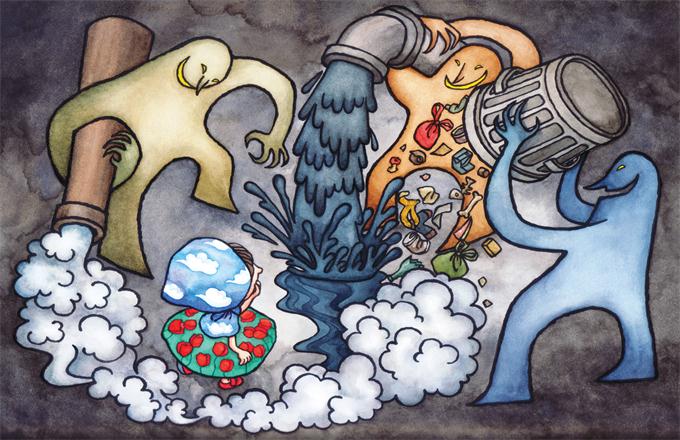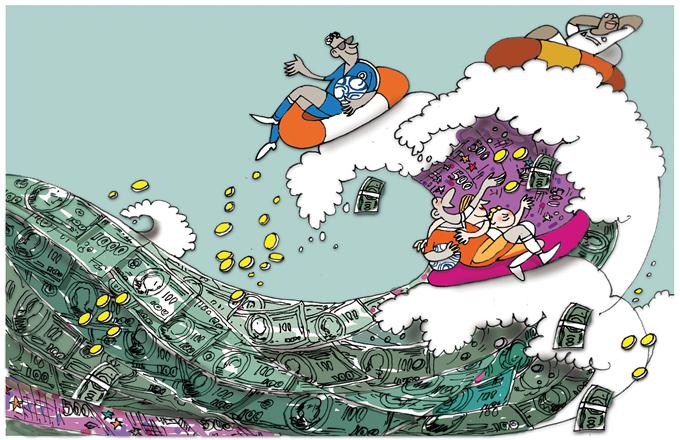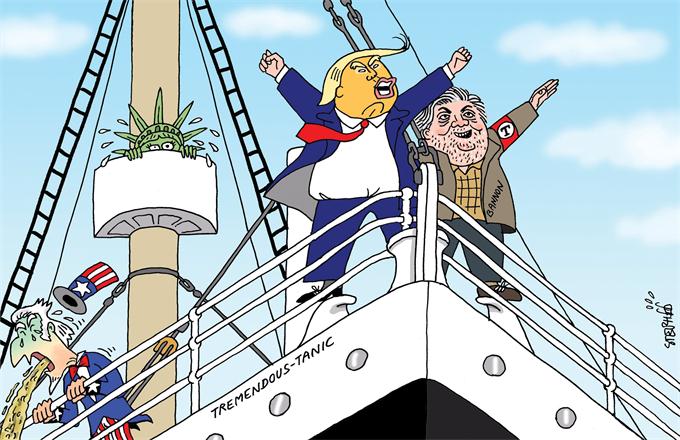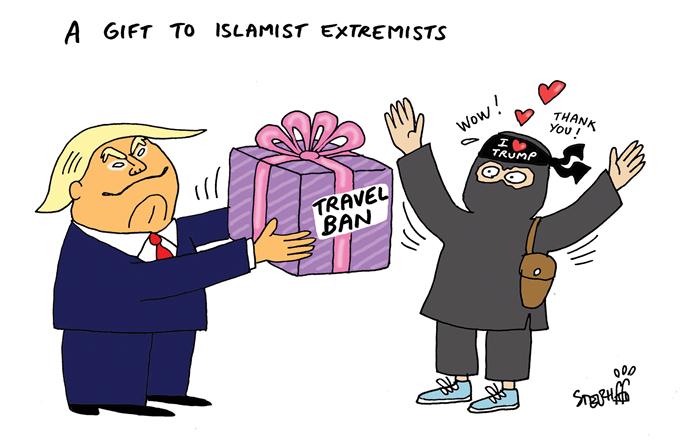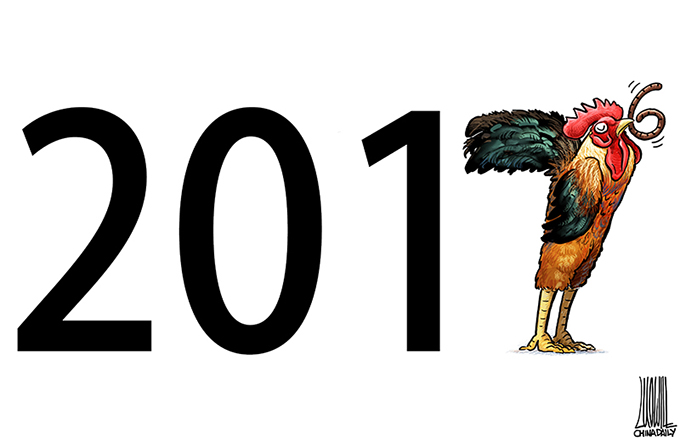Trumpin' and thumpin' back to the 1930s
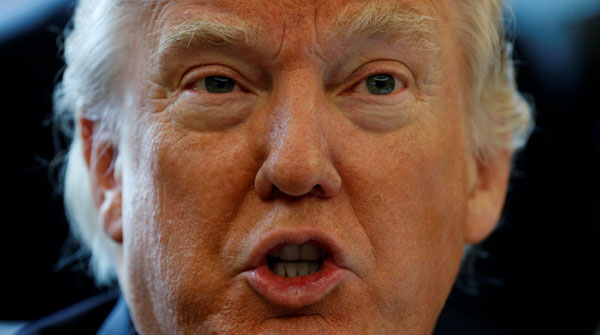 |
|
US President Donald Trump speaks while signing executive orders at the White House in Washington January 24, 2017. [Photo/Agencies] |
WITH the Trump White House, America and a global economy will enter a highly divisive period — as evidenced by the debate about his economic, trade and infrastructure plans.
As long as Republicans sustain some unity in and between the White House, the Senate and the House of the Representatives, Trump will benefit from an unprecedented execution power.
To get the economy back on track, Trump's economic objective is to create 25 million new jobs in the next decade, return to 4 percent annual economic growth, lower and reform US tax codes. But truth to be told, the growth objective will be undermined by his own trade, tax and immigration policies.
To former President George W. Bush, American security meant that "either you are with us or against us." US economy has the same significance to Trump — his trade policy is an extension of his domestic economic policy.
The Trump administration's "America First" mantra is predicated on a withdrawal from the Trans-Pacific Partnership (TPP) and a renegotiated North American Free Trade Agreement (NAFTA). If Canada and Mexico cannot see Trump eye to eye in the coming talks, the President will simply give notice of the US intent to withdraw from NAFTA.
The new White House intends to crack down all nations that violate trade agreements, as the Trump team sees it.
Working together with his top trade executives — who are vehemently against free trade and tend to hold strong anti-China views — Trump has already targeted the biggest US deficit contributors, particularly China, Japan, Canada and Mexico.
The new White House's trade initiatives have major consequences not just internationally, but for US domestic economy.
According to US Treasury data, major foreign holders of US treasury securities — China, Saudi Arabia and Russia — have reduced their holdings by almost US$250 billion since last March. The effect of foreign selling of US treasuries looks like the kind of foreign liquidation that Washington has feared for years. It is also adding to the Fed's challenges.
Here's the dilemma: If Trump will trigger a US$1 trillion debt tornado, which is required by his infrastructure program, when the Fed hopes to accelerate tightening with three new 25 basis points rate increases in 2017, he can no longer rely on the Fed to ease and thus to monetize the debt issuance.
Trump needs trade wars to keep US dollar lower than the Fed would like.
Vicious nationalism
Nevertheless, as world trade and investment have plateaued, globalization has ground to a halt. As a result, the proposed Trump tariffs increase the potential of elevated global risks.
There is a historical precedent. In 1930, the US Congress passed the notorious Smoot-Hawley Tariff Act, which sharply raised the cost of foreign imports. While it seemed to work initially, it soon caused other nations to retaliate, which paved the way for the Great Depression and, eventually, for another world war. Such precedents should make us all cautious.
In the coming months, most Trump initiatives — including the administration's proposed tax cuts, trade policy, manufacturing plans, infrastructure investment, stricter immigration, climate change reversals, balancing power games, military spending and so on — are likely to contribute directly or indirectly to elevated global risks.
The early signs suggest that the Trump administration will, at least initially, shun sober realism and walk the talk. And that, unfortunately, translates to a series of potential shocks to a world economy that can only bear so much.
Dan Steinbock is the founder of the Difference Group and has served as the research director at the India, China, and America Institute (USA) and a visiting fellow at the Shanghai Institutes for International Studies (China) and the EU Center (Singapore). For more, see http://www.differencegroup.net



